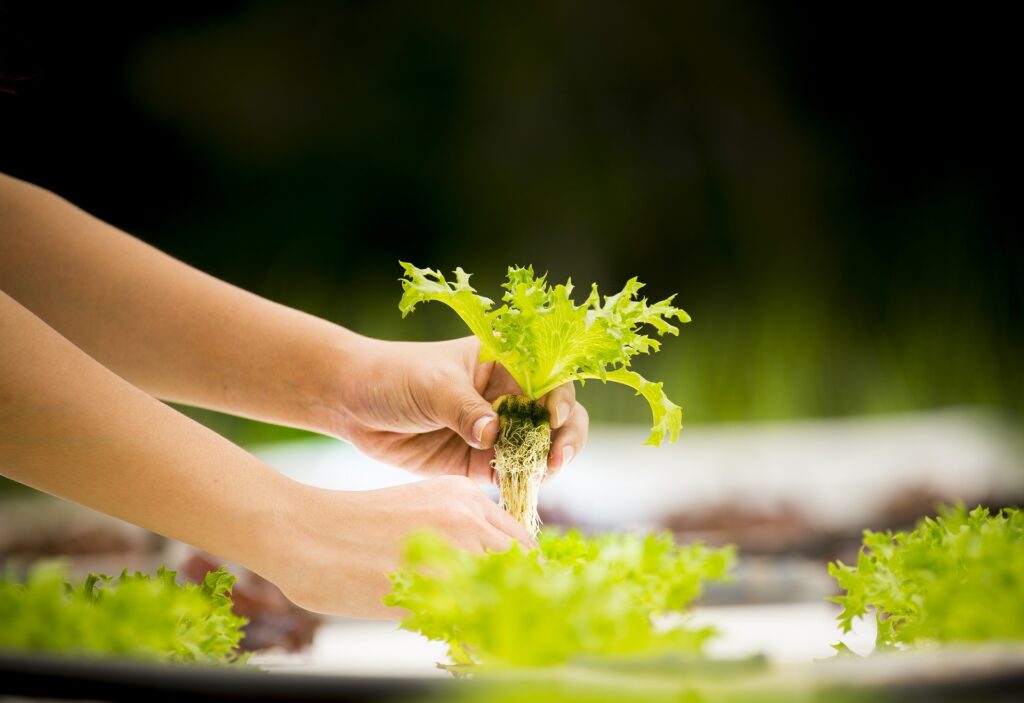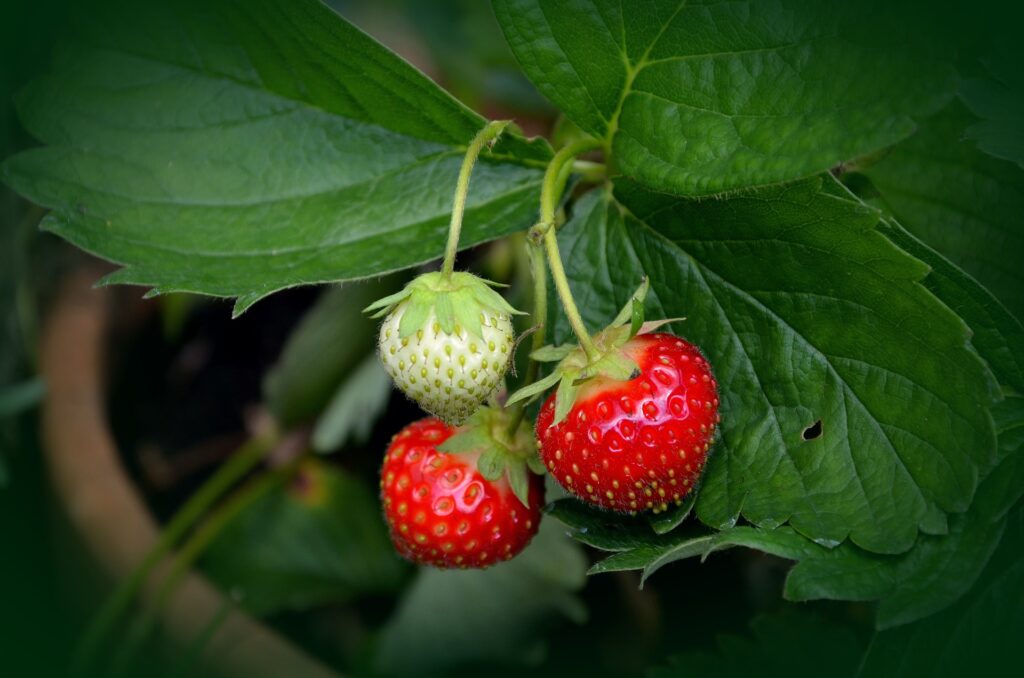If you’re keen to dip your toes into a life of self-sufficiency, you’ve likely found there are many hurdles. For starters, it can take a ton of time. That’s not ideal if you still need to work a regular job, like most people do, to make your homesteading dreams come true. BUT, there are some great low maintenance farm animals you can raise for your own food, or to make some side income too!
Low Maintenance Farm Animals
Chickens
Chickens are the standard farm animal for beginners, and there’s a good reason for that! Not only are they very easy to take care of, but they also reproduce quickly. You can begin to replace your store-bought food supply and start establishing a flock that will produce fresh eggs and meat for you to eat much faster and easier than with many other animals, or even crops!
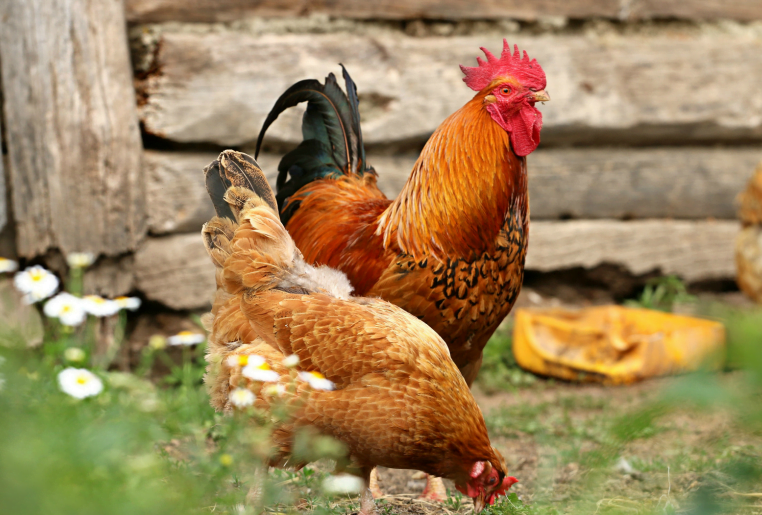
You can, of course, also sell some of your eggs for profit at your local market. Though the competition for selling eggs can be pretty tough since so many people are doing it. BUT, if you raise a unique breed, you could actually make more money selling “hatching eggs” to other people who want them in your area! A dozen hatching eggs, which are fertile eggs that the customer will incubate and hatch themselves, could fetch $40 or more for a rare breed, or a breed which is tough to find in your area.
One of the best things about chickens though, is that they are perfect for small parcels of land. A small flock of chickens can even be kept in a backyard residential lot in many areas! Though if you live closer to neighbors than you’d like, check your regulations about roosters. While chickens are allowed in many residential locales, roosters are not and you will have county enforcement officers knocking on your door when your neighbors complain about being woken up every morning by their crowing.
Popular chicken breeds include easter eggers, Barred Rock, and Rhode Island Reds. With some breeds being better for meat or egg production, though there are also many dual-purpose meat and eggs chickens.
Honey bees
When it comes to farm animals that are easy to take care of, honey bees take the cake! While bees aren’t typically what people think of when you say “farm animals”. They can actually be very productive members of your farm! It will take a bit of learning what to look out for to keep your bees healthy, but you really only need to inspect the hives about once every 7-10 days. Other than that, you can typically leave them to fend for and feed themselves.
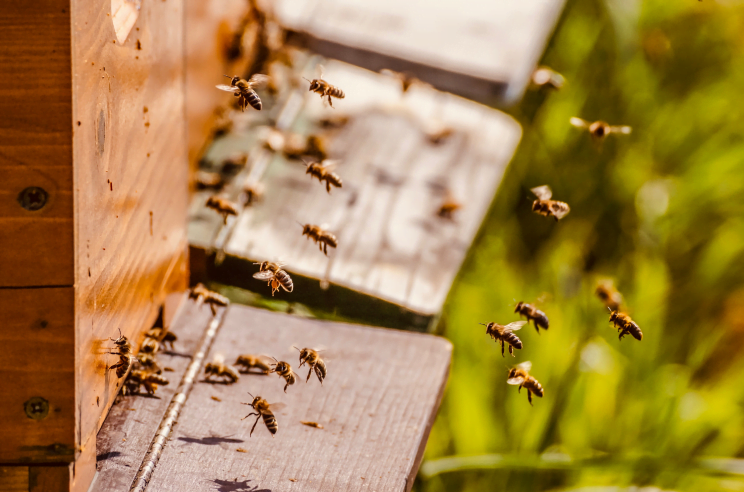
For this, you’ll be rewarded with a tasty and profitable crop of honey, AND the benefit of having more neighborhood pollinators to help you produce a better harvest in your garden or orchard. In short, having bees around provides so many benefits – it’s a no-brainer.
You should be able to harvest your honey 2-3 times per year between June and September. Just be sure not to take too much, especially later in the season, as your bee friends will need a good chunk of it to sustain themselves through the long winter months.
How much honey does one hive produce?
On a good season, you might be able to pull 60 pounds of honey out of a single hive. But, if the harvest is not so good, it could be around 25 pounds. It’s also important to remember that you must leave a portion of honey for the bees. In warmer climates, leaving them 40 pounds should be alright, but if it gets cold where you are, they will likely need 60 pounds for themselves to survive.
How much can you sell honey for?
You can sell honey for around $10-12 per 16 ounces, and comb honey can be $15 to $20 for 12 ounces. However, your final price will likely depend on competition. So, head to the local farmer’s markets and see what other people are selling their honey for. It will also give you a chance to see how many other stalls you’ll be competing with.
PS. Don’t forget about beeswax! You can use this to make all kinds of candles, soaps, and cosmetics. OR, you can sell it by the pound to crafters who are looking to make natural products. You can sell this, in addition to your honey, for another $10 per pound. It can make for a great low effort, high-profit farmers market item!
Ducks
Ducks might even be more low-maintenance than chickens are! Plus, they also often require less feed because they are better foragers than chickens. Many ducks will happily feast on garden slugs, keeping your gardens pest free. However, some ducks do like to munch on veggies, so you may need to protect some of your crops from them.
Give them a kiddie pool to swim around in, and make sure you can dump it out for easy maintenance, because while ducks don’t take a lot of work, they are messy.
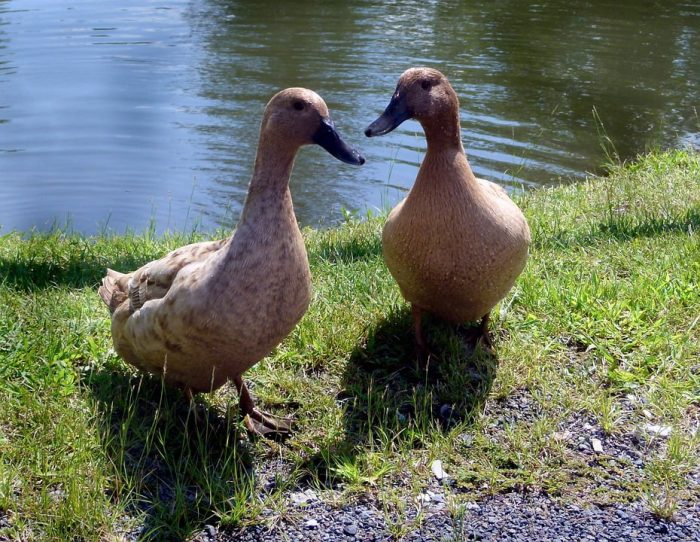
Another good thing about ducks is that their eggs sell for more money than chicken eggs! Their eggs are much larger, and duck eggs are prized by bakers for their creamy texture that is delicious in baked goods. If you plan to eat some of your ducks, duck fat is also fantastic for cooking, and is equally delicious for fried potatoes and many other dishes.
Plus, similar to the chickens, if you have rare or particularly beautiful birds – you can likely sell them as pets for far more value than what they would have for meat. Just make sure you specialize in breeding specific, hard to come by breeds, and not mixed breed birds which will have little to no value to those looking to buy fancy birds.
While there are many breeds of ducks, a couple popular breeds are Pekin and Khaki Campbells.
Goats
Goats are one of the most fun animals you can have on your homestead. Plus, they are extremely hardy and goats can thrive on small acreage. Even a single acre of not so great land can house 2-4 goats! That means fresh goat milk or meat for your family if you’re having trouble fitting larger animals on to a smaller piece of acreage but dream of being more self-sufficient.
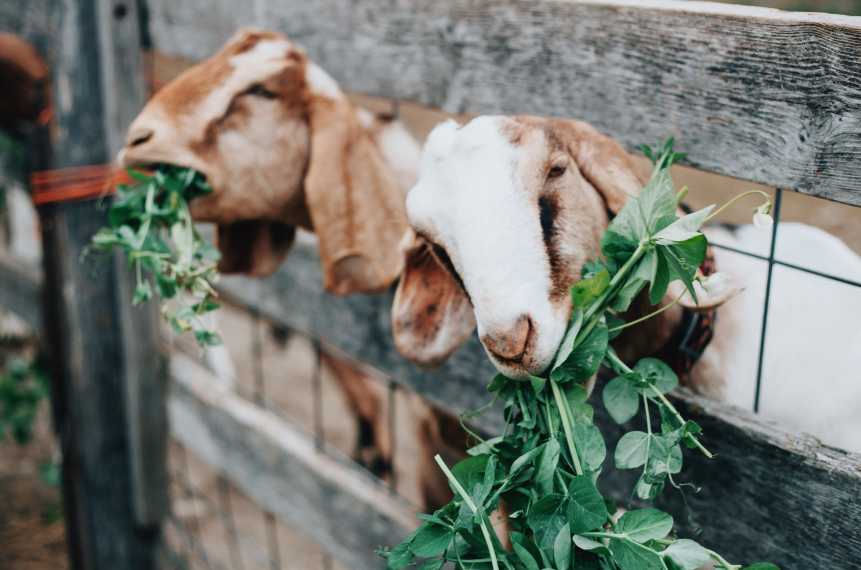
But, as with the chickens and ducks, you’ll likely find that you can make more profit breeding fancy goats as pets than for meat production, as Americans are not as fond of goat meat as the rest of the world is. Baby Nigerian Dwarf goats or Nubian goats can fetch $200-$500 each, making them one of the best farm animals to raise to make a profit.
However, there’s definitely a market for goat milk products, and you can also make goat milk caramels, soaps, cheese, etc. to sell at local markets from your herd too. In short, goats have a lot to offer, especially for an animal which requires very little space and attention.
Cows
Cows probably don’t seem “low maintenance” but they honestly don’t require much care. What they mostly need: is space – which is why most beginner homesteaders and hobby farmers do not keep them. It’s likely that you’ll need to budget 4.2 acres of grazing land per cow, and that puts them out of range for most people who are starting out, as they have small acreage.
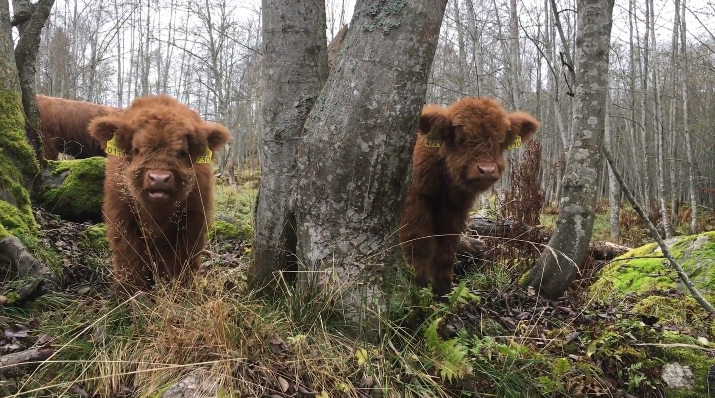
However, there are several breeds of miniature cows which can exist on just half an acre! This puts a tiny herd within range of many small homesteaders and hobby farms. Plus, the premium on one of these miniature fluffy cows is pretty high! That makes them both functional, profitable, and unique hobby farm animals. Though you can, of course, still harvest the same basic cow materials from them if you want, and produce milk, meat, butter, cheese, etc.
If you’re keen to raise and sell mini cows, you can expect to get anywhere from $1,800 – $5,000 per animal, depending on the breed. Since these little guys are still pretty rare in the states, you could even be the only breeder in your state. Though, of course, that means you’ll need to bring them in from another state to breed them yourself if there’s nobody near you that sells them.

Bob learned about farming from his grand dad. So, the decision to leave the city and start homesteading was not a difficult transition. He now lives with his wife and two kids on their 30 acre property in Ohio.

